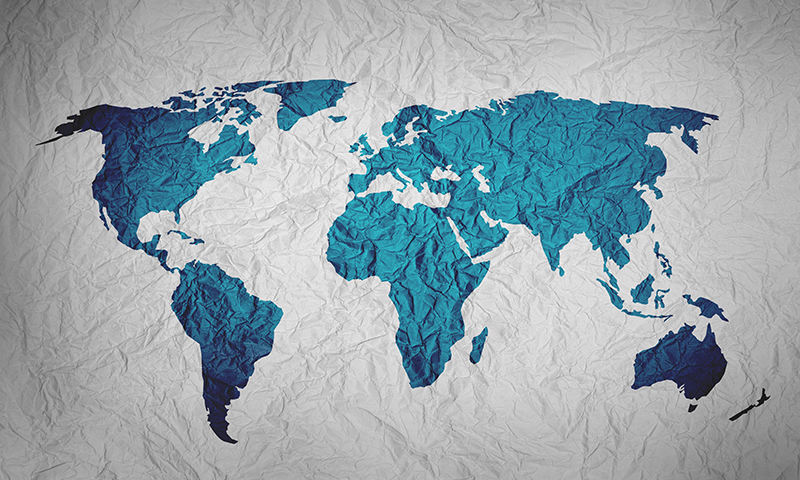
Among American Black and white women, the risk and extent of fibroids—benign tumors of the uterus—are associated with ancestry to distinct regions and populations, suggests a study funded by the National Institutes of Health. The study provides information that may lead to insights on the origins and treatments for these common tumors.
Among Black women, West African ancestry was associated with risk for a single fibroid, East African ancestry was associated with risk for multiple fibroids, and Northern European ancestry was protective against multiple fibroids. For white women, Northern European Ancestry was protective against fibroids, while West African ancestry was associated with a risk for larger fibroids.
The study was conducted by Digna R. Velez Edwards, Ph.D., of Vanderbilt University Medical Center, and colleagues. It appears in Human Genetics. Funding was provided by NIH’s Eunice Kennedy Shriver National Institute of Child Health and Human Development (NICHD), National Center for Advancing Translational Sciences, and National Human Genome Research Institute.
Background
Fibroids, or leiomyomas, are benign growths that form from cells in the muscular wall of the uterus. They are the most common non-cancerous tumors in women of childbearing age. They may cause pain and abnormal bleeding and can make it difficult to achieve or maintain a pregnancy.
Fibroids are the leading reason for hysterectomy. Although their cause is unknown, risk factors include obesity, age, not having given birth, and having a relative with fibroids. Black women are two to three times more likely to be diagnosed with fibroids than white women and more likely to have a higher risk for larger and more numerous fibroids.
Researchers undertook the current study to learn whether particular genetic ancestries might influence the risk of developing fibroids or convey protection against developing them.
Researchers analyzed health records of more than 1,500 women with fibroids (1,195 white women and 583 Black women), comparing them to similar women without fibroids (1,164 white women and 797 Black women). They matched the women’s DNA to DNA from the 1,000 Genomes Project, a catalog of human genetic variations, and identified six geographic ancestry groups. These included East African (Luhya people in Kenya), West African (Western Gambians, Esans in Nigeria, Mende in Sierra Leone, and Yoruba in Nigeria), Northern European (people of Finnish ancestry in Finland and Utah and other people of Northern and Western European ancestry), Southern Europe (people of Iberian ancestry in Spain and Tuscan ancestry in Italy), East Asian (Dai people from Xishuangbanna, China, Hann Chinese from Beijing, and Japanese people in Tokyo) and South Asian (Punjabi from Lahore, Pakistan, Bengali from Bangladesh, Sri Lankan Tamil from the United Kingdom, and Gujarati Indian from Houston, Texas.)
Results
For Black women, West African ancestry was associated with a higher risk for a single fibroid, East African ancestry with higher risk for multiple fibroids, Northern European ancestry was protective against multiple fibroids, Southern European ancestry was protective for single and multiple fibroids, and South Asian ancestry was associated with larger fibroids.
For white women, Northern European ancestry was protective against fibroids, South Asian ancestry was associated with increased risk for a single fibroid, and West African ancestry was associated with increased fibroid size.
Significance
The authors said their findings suggest that fibroid risk and characteristics are due to genetic differences between geographic groups. Further studies on these genetic differences may yield increased understanding of the differences in fibroid characteristics and risk factors between groups.
Reference
Keaton, JM, et al. Evidence that geographic variation in genetic ancestry associates with uterine fibroids. Human Genetics. 2021.


 BACK TO TOP
BACK TO TOP